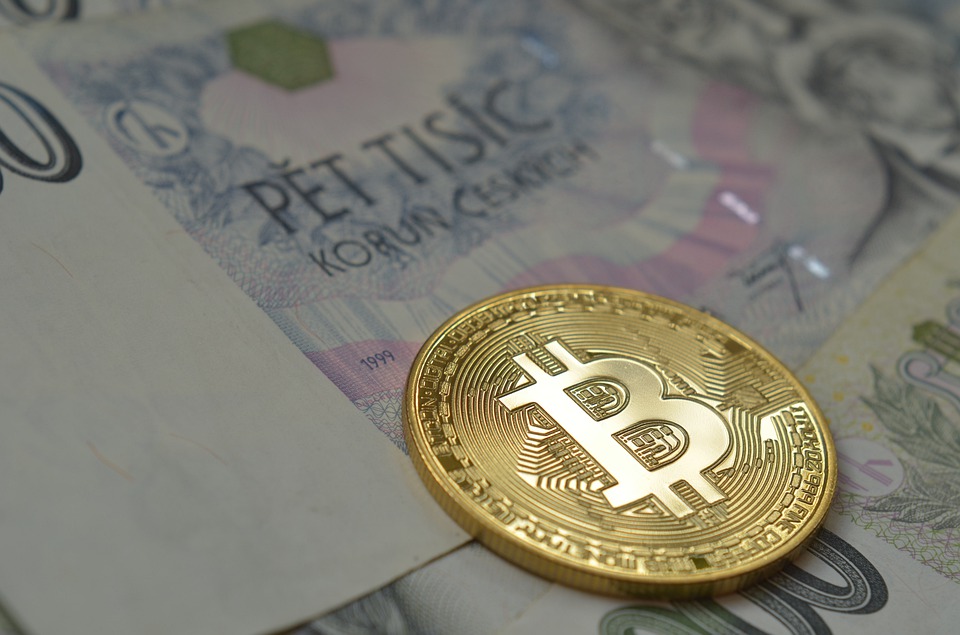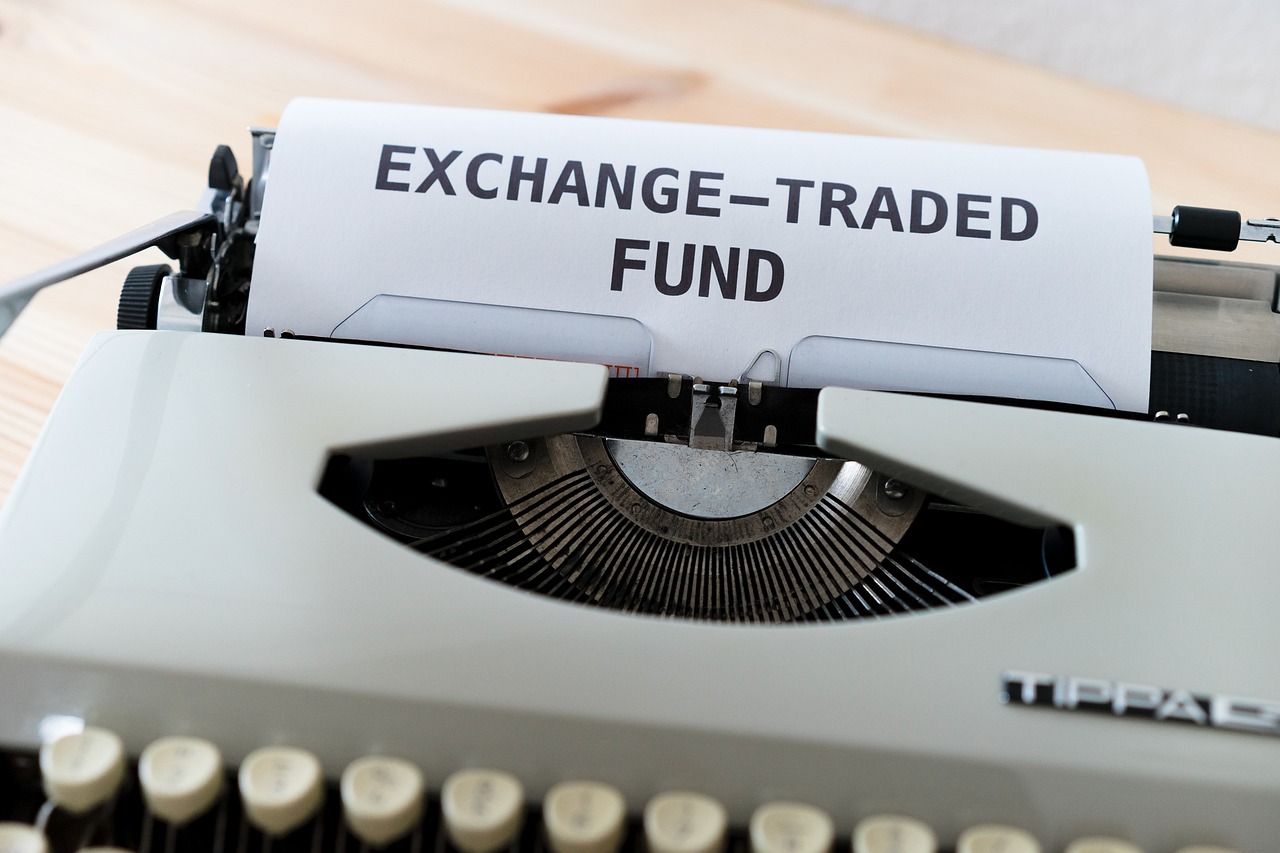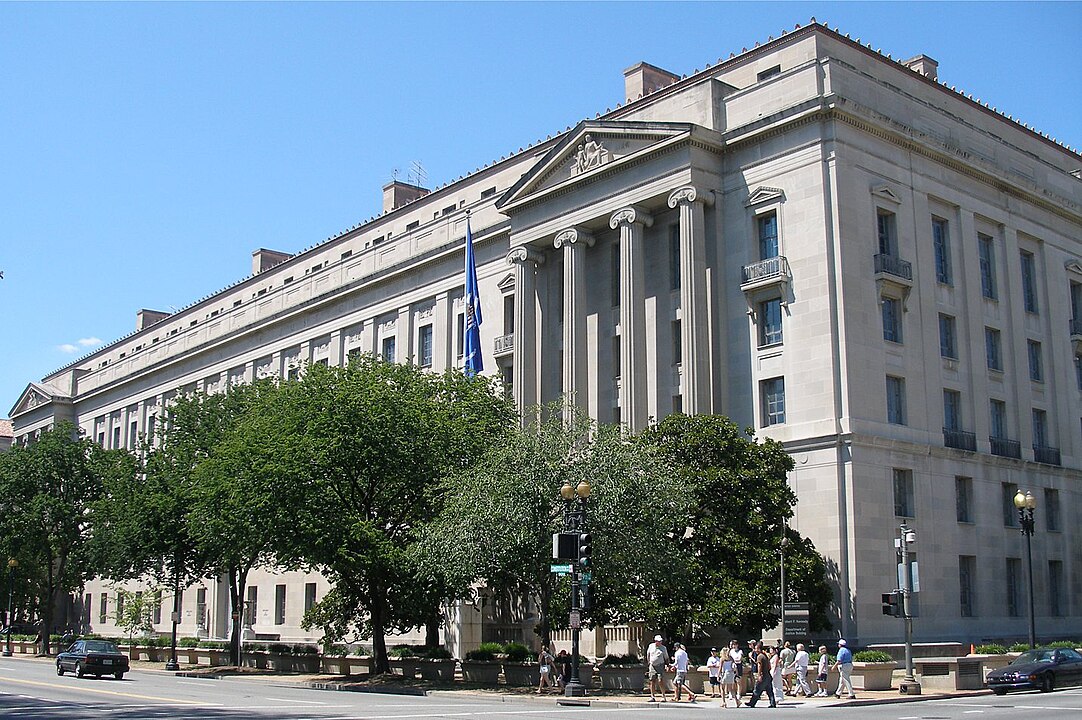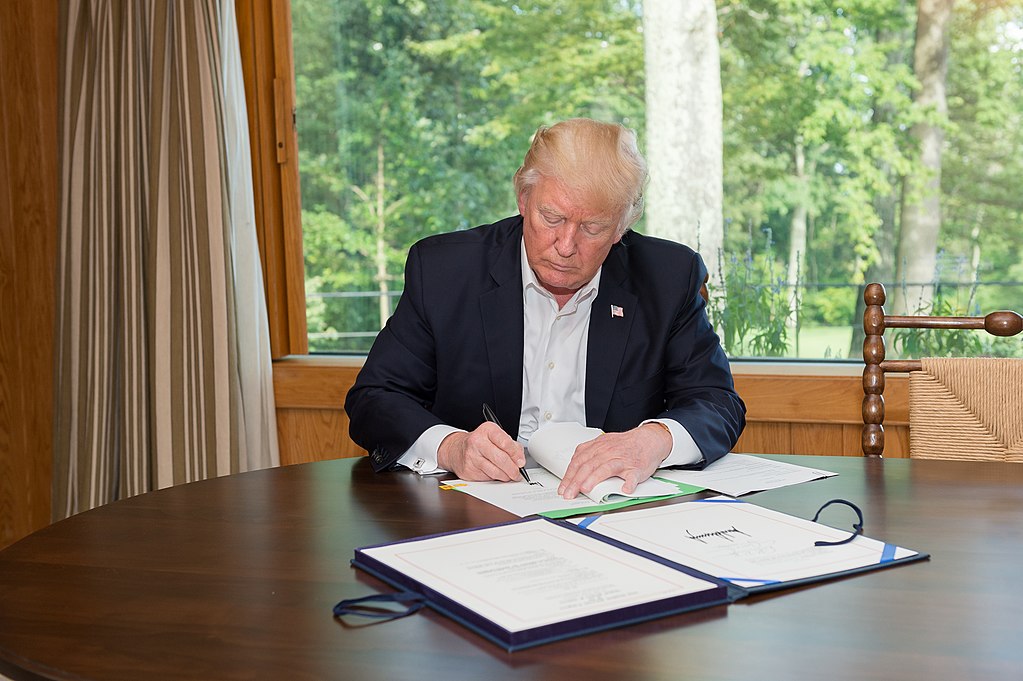As the crypto ecosystem thrives and proliferates, some of its biggest players have intersected with the traditional financial market, causing government agencies to closely monitor its development. Now, the Association of National Number Agencies (ANNA) has put together a task force that will be labeling digital assets in an attempt to provide more clarity to investors.
Called Technology Task Force-22 (TF-22), this new body will be analyzing digital assets like tokens, cryptocurrencies, and blockchain initiatives along with its impact on the financial sector. Using the International Securities and Identification Number (ISIN), TF-22 will be assigning designations on digital assets by drafting guidelines on how to properly categorized each entry.
ANNA’s desire to properly assigned labels on these assets is an attempt to avoid potential confusion in the future, CoinDesk reported. One example that has been cited is concerning Bitcoin.
Why properly labeling digital assets is important
For years, the symbol of Bitcoin on crypto trading platforms have been BTC. However, the ticker XBT has been gaining popularity and some companies have started using this instead of BTC. This can be problematic as it’s close to the ticker symbol of gold, which is XAU.
Simply put, TF-22’s main objective here is to provide a clear understanding of which assets are which, so that future trading will not be muddled by similar tickers. ANNA executive director Uwe Meyer expressed his optimism about the new task force’s effectiveness and its importance in the market moving forward.
“We hope that this TaskForce will ensure that we continue to utilize the ISIN standard wherever we can be sure it will be of most use to the industry. This evaluation process on digital assets is an important part of that journey,” Meyer said.
Crypto ecosystem inching closer to global adoption
The fact that ISIN is now being brought into the equation of the crypto market’s evolution is another sign that this new technology is slowly being adopted worldwide. ISINs are the most popular secondary identifiers across the world, with some countries opting to use it primarily to identify securities and commodities.
Of course, this doesn’t mean that global adoption is close at hand. Until now, legislators and regulators are still hard at work in creating laws surrounding cryptocurrency since the technology behind it is so complex that the average lawmaker will need to seriously study the concept before an effective regulation is put into place.

























Comment 0